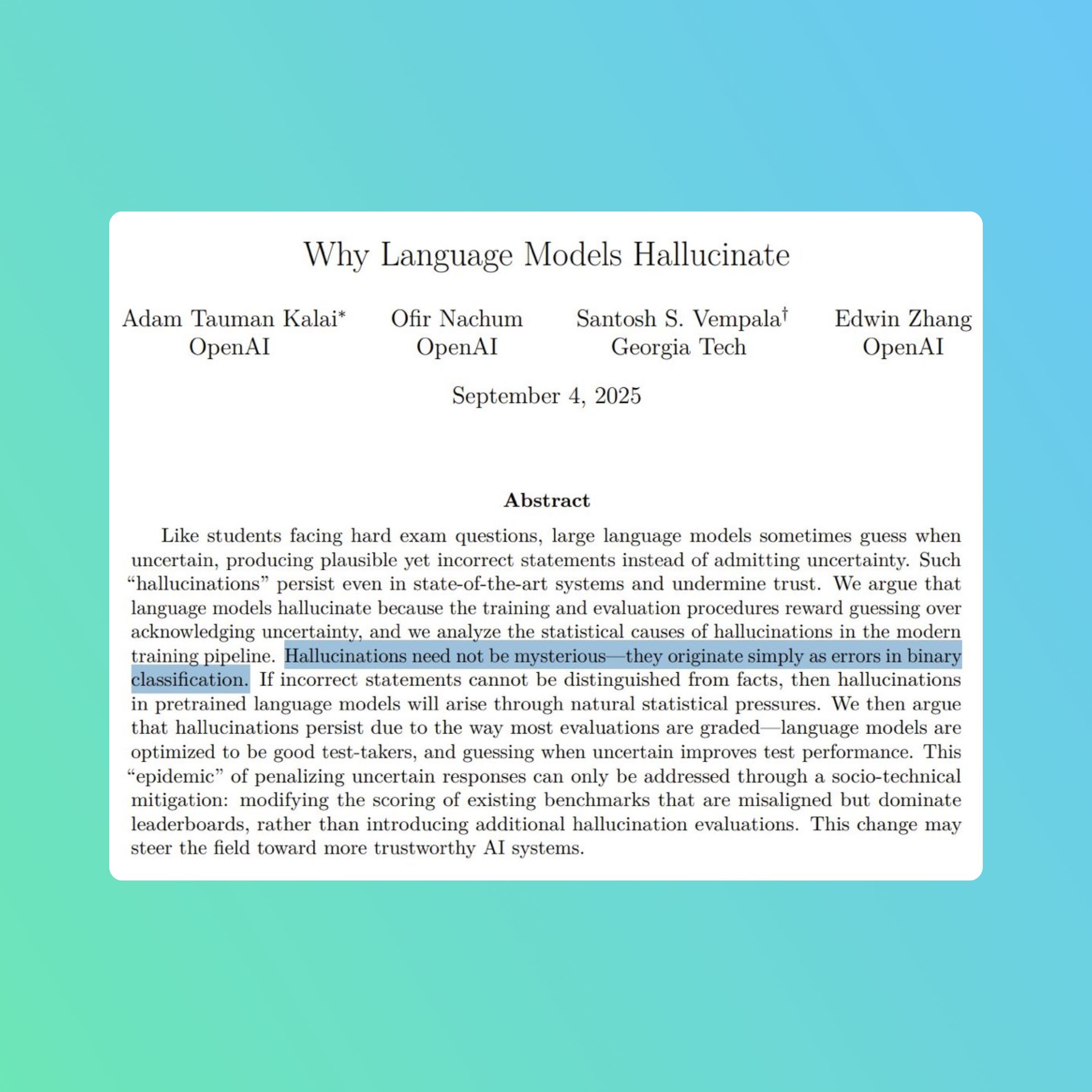· AI Engineering · 1 min read
The Robot Revolution: 2025-2027 Will Transform Everything
Physics simulation and multimodal AI are converging to unlock widespread robotics adoption within 2-3 years, creating massive investment opportunities.

Two difficult technologies need to be resolved for widespread robotics adoption: physics simulation and multimodal AI. Both are close to being ready, within 2-3 years. We’ll see widespread robots by then, making this a good time to bet on robot companies.
The physics component involves real-world manipulation, navigation, and interaction with unpredictable environments. Recent advances in simulation (eg. NeRF and Gaussian splatting) and transfer learning are making this more feasible. Robots are getting better at handling the messy, unstructured world outside laboratories.
Multimodal AI is improving rapidly, with models that can understand visual, audio, and text inputs simultaneously. Google Gemini, OpenAI GPT, and Chinese opensource models all are having impressive multimodal capability now. This enables robots to interpret complex instructions, understand environment, and adapt to new situations without extensive reprogramming.
As the maturity of both technologies come eminently, robots can both understand what you want them to do and physically execute those tasks reliably, we’ll see explosive growth in applications from manufacturing to home assistance.
For investors, this is a rare opportunity to enter before the market fully recognizes the potential. The companies solving these fundamental challenges now will see significant stock price increases as the technology matures and adoption accelerates.


